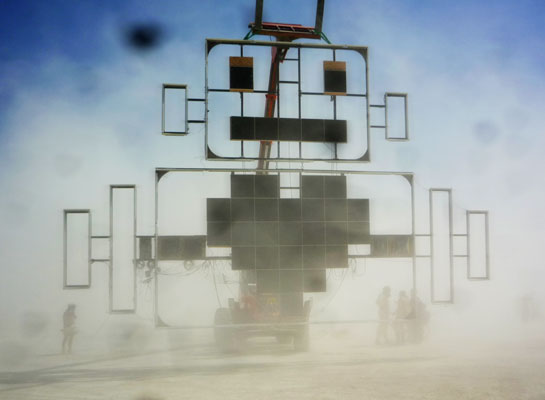
Found.
____________________________
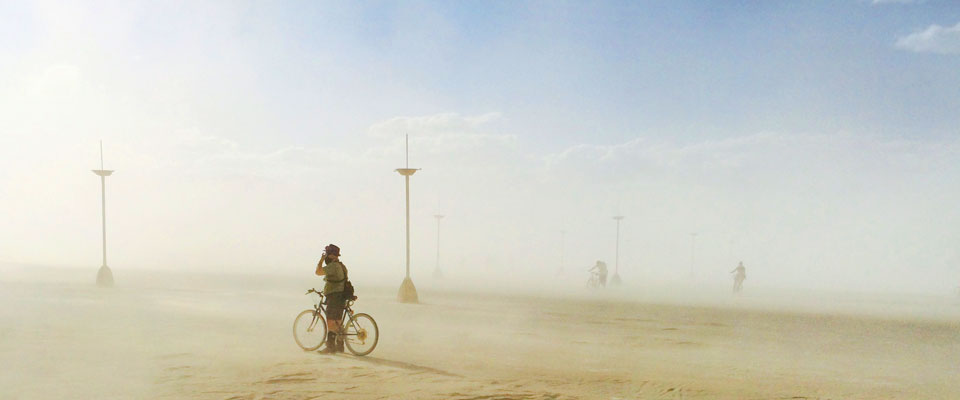
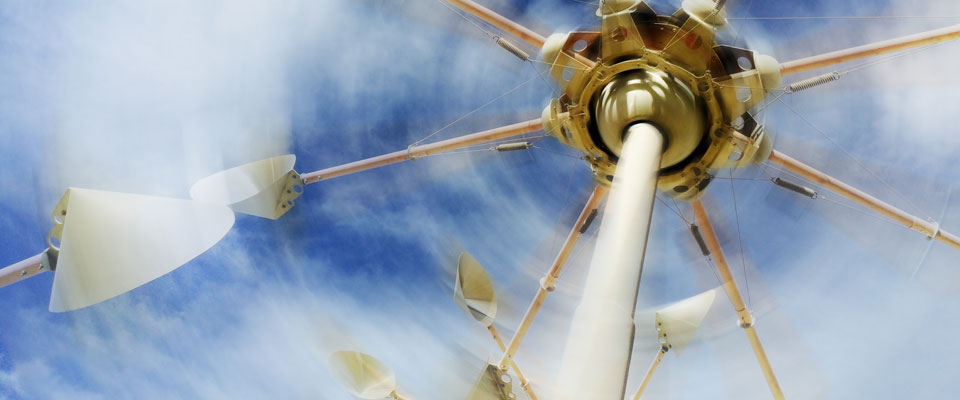

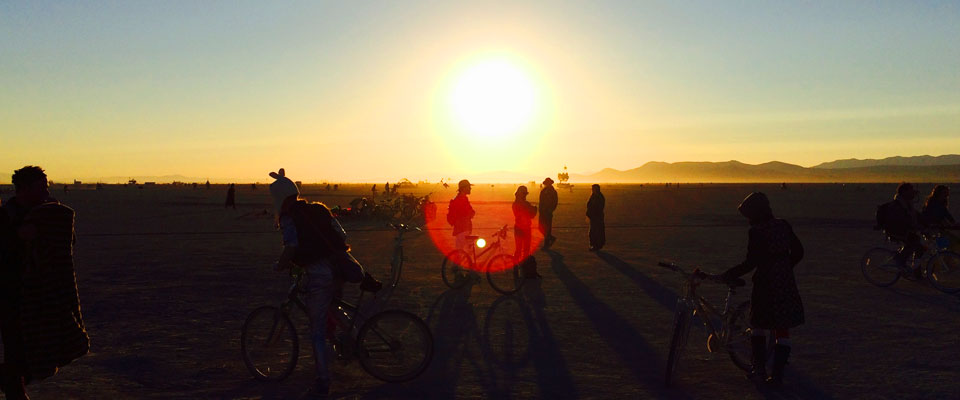


Found.
____________________________
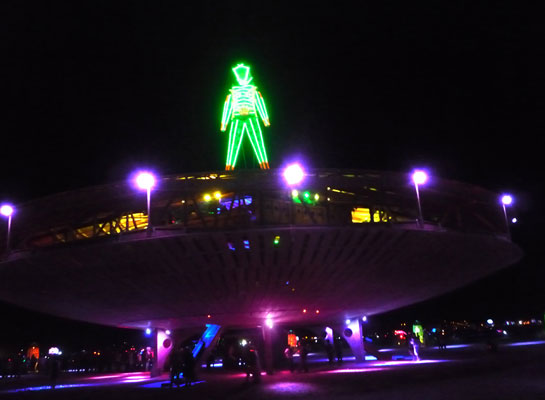
The mother ship has landed.
____________________________

Cracked, scorched earth, occupied by artificial life forms.
____________________________
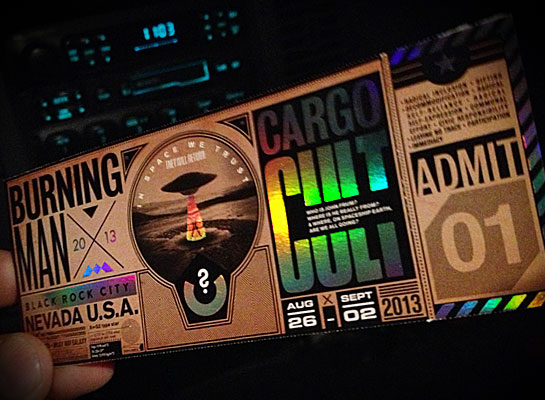
Finally in hand, twelve hours later. Now the fun/suffering/dirt begins.
____________________________
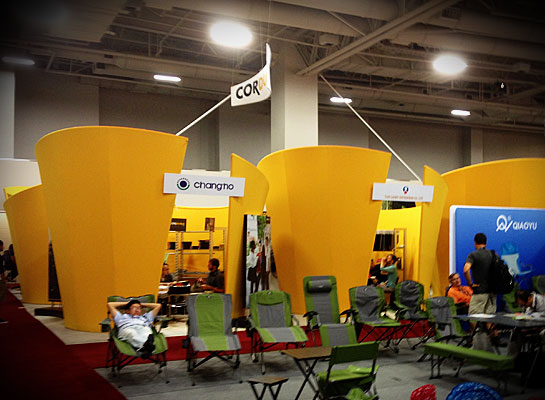
Just spent two awesome, fun-filled days in Salt Lake City at the Outdoor Retailer Show. I went with a new client to get a better understanding of their target market and to get ideas for some brand merchandizing and store display projects we’re currently working on. (Fun stuff, more on this later!)
It’s a huge show, with many nationally recognized brands like Patagonia, Northface, Carhartt, Timberland, Merrill, Keen, etc. This show is not for the public – it’s directed to manufacturers, resellers and vendors.
There’s also a mind-bending selection of manufacturer’s reps from China, so if you’re looking to get something made, this is the place to make contacts and review fabrics, materials and manufacturing processes.
Everything is Made in China.
It becomes very clear, very quickly that everything is made in China. Everything. You can’t emphasize this enough, there are very few exceptions. There is a growing trend for “Made in USA” products to sell to US customers – we were shown some new, made-in-USA Keen footwear that will retail at the same price point with similar margins to a comparable Chinese-made boot. That’s good.
How Brand Licensing Works
Many companies offer a complete, branded product line. Carhartt, which got it’s start making heavy-duty work overalls, now sells shirts, jackets, bags, tool belts, socks, hats, gloves, etc.
What you don’t know is that they have licensed their brand to other manufacturers for many of those items. For example, Carhartt’s bags and tool belts are actually made to their specifications by another company.
The problem for my client (a reseller) is that he has to deal with each of those companies separately. So if he wants to sell a complete Carhartt-branded product line, he has to buy from several different companies. It’s a pain in the ass, but that’s just the way it’s done.
Huh? What?
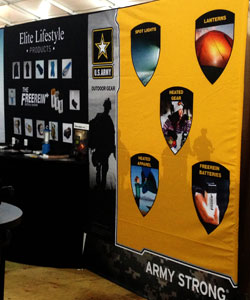 We were wandering down one of the many aisles when we spotted the booth at right. (Sorry about the bad picture.) It’s a company that sells “U.S. Army® Outdoor Gear.” There’s a very large register mark by the logo and another with the byline, “Army Strong®”.
We were wandering down one of the many aisles when we spotted the booth at right. (Sorry about the bad picture.) It’s a company that sells “U.S. Army® Outdoor Gear.” There’s a very large register mark by the logo and another with the byline, “Army Strong®”.
This company (Jonah Outdoor Gear) has purchased the merchandising rights to use the U.S Army logo on spot lights, lanterns, heated gear and apparel (jackets and sleeping bags) and batteries.
I think what initially surprised me was that the licensing rights for the U.S. Army brand were actually for sale. Further discussion with company reps revealed that indeed they are, for carefully considered items. They also quickly added that a portion of the proceeds go to veterans. Okay, that makes more sense, it sounds like a worthy cause.
But then they also revealed this:
All of the Products are Made in China.
So let’s get this straight: The U.S. Army® brand is available for merchandising and the resulting U.S. Army® branded products are made in China (by Chinese workers) for sale to American consumers and a percentage of those proceeds support veterans.
This just seems odd (or wrong?) on several different levels.
I’m now curious what percentage actually goes to “veterans”? And then it also occurred to me – whose “veterans” are we talking about – American? Or Chinese? Because if the proceeds do go to U.S. Army® veterans, shouldn’t the manufacturing of the products benefit U.S. workers as well? Like how about a U.S. Army® veteran – who needs a job?
(sigh)
What a crazy world we live in.

I’ve personally experienced these growing up in the Midwest. Twice. Unless you’ve seen them live, you have no idea how many zillions of them there are, how big they get and how much noise they make. Link. Photo source.
It’s as if we’ve broken the ice with the worst possible idea, and now that the discussion has started, people suddenly get very creative. I call it the McDonald’s Theory: people are inspired to come up with good ideas to ward off bad ones.
By Milton Glaser (Link)
My favorite is #3, Some People are Toxic, Avoid Them
Here is the test: You have spent some time with this person, either you have a drink or go for dinner or you go to a ball game. It doesn’t matter very much but at the end of that time you observe whether you are more energized or less energized. Whether you are tired or whether you are exhilarated. If you are more tired then you have been poisoned. If you have more energy you have been nourished. The test is almost infallible and I suggest that you use it for the rest of your life.
So true. Also #7, #8 and #10.
…there are two types of people in this world: There are the type of people who are going to live up to what they said they were going to do yesterday, and then there are people who are full of shit. And that’s all you really need to know.
— Anthony Bourdain